Home>Furniture>Outdoor Furniture>What Is The Best Product To Stain Decking
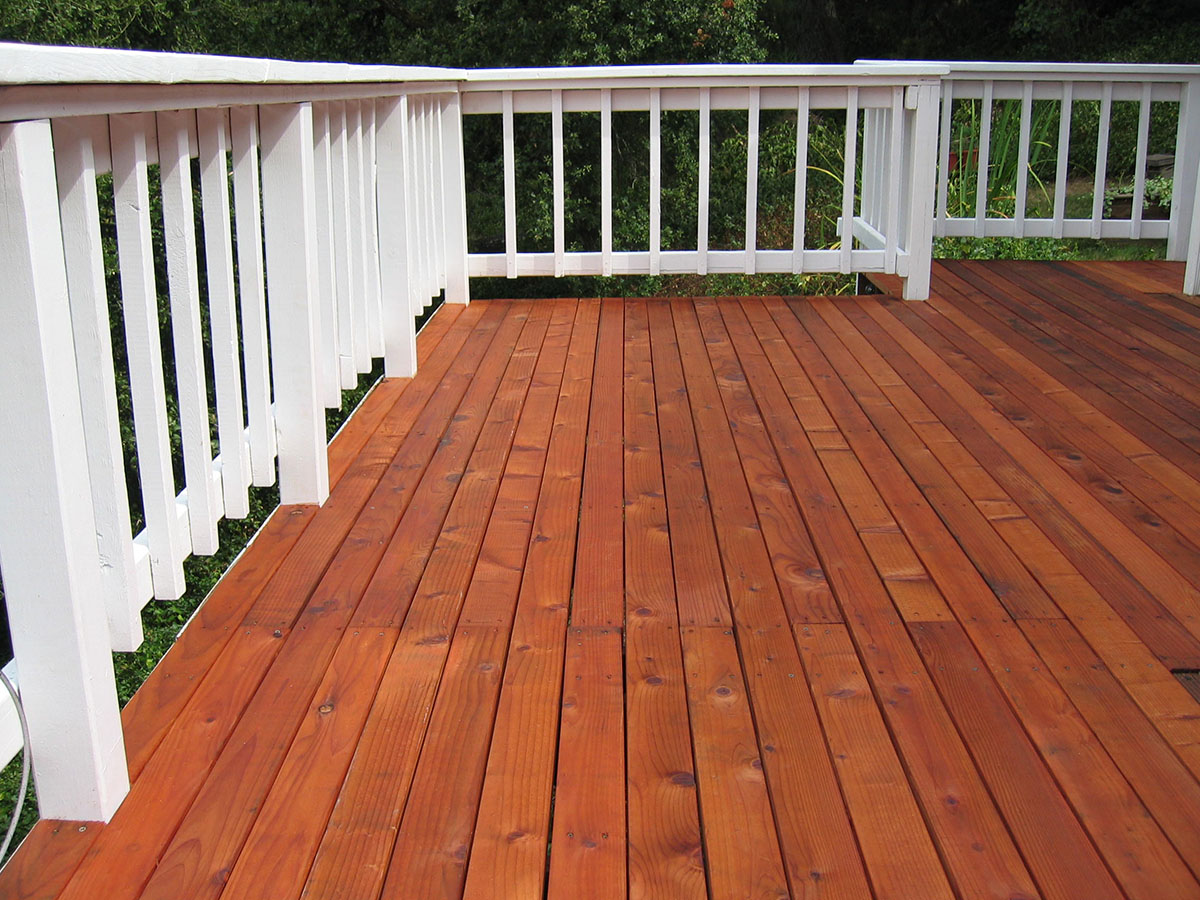

Outdoor Furniture
What Is The Best Product To Stain Decking
Modified: August 23, 2024
Looking for the best product to stain your outdoor furniture and decking? Discover our top recommendations for achieving a durable and long-lasting finish.
(Many of the links in this article redirect to a specific reviewed product. Your purchase of these products through affiliate links helps to generate commission for Storables.com, at no extra cost. Learn more)
Introduction
When it comes to outdoor furniture, a deck is a valuable and versatile addition to any home. Not only does it provide a functional space for relaxation and entertainment, but it also enhances the overall aesthetic appeal of your outdoor living area. However, exposure to the elements can take a toll on your deck, causing it to fade, crack, or deteriorate over time. That’s why it’s crucial to protect your deck with a high-quality stain.
Staining your deck not only enhances its beauty but also acts as a barrier against UV rays, moisture, and other environmental factors. It helps to prevent the wood from rotting, warping, and splintering, thus prolonging its lifespan and reducing maintenance requirements. Moreover, a well-stained deck can add value to your property and make a lasting impression on guests.
With a wide range of staining products available in the market, choosing the best one for your deck can be a daunting task. There are several factors to consider, such as the type of stain, the durability, the color, and the overall cost. By understanding the different types of stains and their benefits, you can make an informed decision that will ensure your deck stays protected and beautiful for years to come.
In this article, we will explore the various factors to consider when choosing a stain for your decking. We will discuss the differences between water-based and oil-based stains, as well as the advantages of transparent, semi-transparent, and solid color stains. By the end, you will have a clear understanding of the best stain product to use for your outdoor furniture.
Key Takeaways:
- Choose a stain based on wood type, desired look, and protection needs. Consider maintenance, environmental impact, and budget to find the best fit for your deck.
- Water-based stains offer natural, transparent looks and eco-friendly options, while oil-based stains provide durability and vibrant colors. Transparent, semi-transparent, and solid color stains offer varying levels of protection and aesthetic appeal.
Read more: What Is Best: Decking Oil Or Stain
Factors to Consider When Choosing a Stain for Decking
Choosing the right stain for your decking is crucial to ensure long-lasting protection and enhance the beauty of your outdoor space. Here are some important factors to consider before making your decision:
- Type of Wood: Different types of wood have different characteristics, such as density, natural color, and grain patterns. It’s important to consider the wood species of your deck when choosing a stain, as certain stains may work better with specific types of wood.
- Desired Look: Determine the look you want to achieve for your deck. Are you aiming for a natural, transparent finish that showcases the wood’s grain and color variations? Or do you prefer a more solid or opaque look? Understanding your desired outcome will help you narrow down your stain options.
- Protection and Durability: Think about the level of protection and durability you need for your deck. If your deck is exposed to heavy foot traffic or harsh weather conditions, you may want to opt for a stain that offers strong resistance against UV rays, moisture, and mildew.
- Maintenance Requirements: Consider the level of maintenance you’re willing to undertake to keep your deck looking its best. Some stains require regular reapplication, while others offer longer-lasting results with minimal upkeep.
- Environmental Impact: If you’re concerned about the environmental impact of the products you use, look for stains that are labeled as eco-friendly or low VOC (volatile organic compounds). These stains are less harmful to the environment and have fewer fumes.
- Budget: Determine your budget for the staining project. Stain prices can vary significantly depending on the brand, quality, and type of stain. It’s important to find a balance between cost and quality to ensure you get a stain that meets your needs without breaking the bank.
By considering these factors, you can narrow down your options and choose a stain that aligns with your deck’s specific requirements. Whether you prioritize aesthetics, protection, or sustainability, there is a perfect stain out there for your outdoor furniture.
Water-Based Stains
Water-based stains have gained popularity in recent years due to their ease of use, quick drying time, and environmental friendliness. These stains are formulated with water as the main solvent, which makes them low in VOCs and less harmful to both humans and the environment.
One of the biggest advantages of water-based stains is their ability to penetrate the wood deeply, enhancing its natural beauty and color. They also offer excellent UV protection, preventing the wood from fading and graying over time. Additionally, water-based stains provide a clear and transparent finish that allows the wood’s texture and grain to shine through.
Another benefit of water-based stains is their ease of application. They are typically easy to spray or brush on and clean up with soap and water. This makes the staining process hassle-free and more accessible, especially for DIY enthusiasts.
However, water-based stains may not be as durable as their oil-based counterparts. They may require more frequent reapplication, especially in areas with high foot traffic or extreme weather conditions. Additionally, water-based stains may not offer the same level of water repellency and resistance to rot and mildew as oil-based stains.
Water-based stains are a great option for those who prefer a natural, transparent look and a low VOC product. They are ideal for decks made from less dense wood species, such as cedar or redwood, which are more prone to moisture absorption. They are also a popular choice for environmentally conscious individuals who want to reduce their carbon footprint while enjoying the benefits of a well-stained deck.
When choosing a water-based stain, consider factors such as the opacity level (transparent, semi-transparent, or solid color), the brand’s reputation, and the specific needs of your deck. Consulting with a professional or reading customer reviews can help you make an informed decision and ensure that you choose the best water-based stain for your outdoor furniture.
Oil-Based Stains
Oil-based stains have long been a popular choice for deck staining due to their durability and rich color payoff. These stains are formulated with oil as the main solvent, resulting in a deeper penetration into the wood and a longer-lasting finish.
One of the key advantages of oil-based stains is their exceptional water repellency. They create a protective barrier on the surface of the wood, preventing moisture from seeping in and causing damage such as rot or warping. This makes oil-based stains an excellent choice for decks in areas with high humidity or frequent rain.
Oil-based stains also offer superior UV protection, helping to prevent the wood from fading or graying over time. They provide a rich and vibrant color that enhances the natural features of the wood and brings out its grain patterns. The deep penetration of the oil allows for a more long-lasting and fade-resistant finish.
These stains are known for their durability, as they can withstand heavy foot traffic and harsh weather conditions. They typically require less frequent reapplication compared to water-based stains, saving you time and effort in maintenance.
However, oil-based stains have a longer drying time compared to water-based stains. This means you’ll need to wait for a longer period before using your deck after applying the stain. They also tend to emit stronger fumes during application, so adequate ventilation is necessary.
Oil-based stains are a great option for decks made from dense hardwood species, such as mahogany or ipe, as they provide excellent protection and bring out the natural beauty of these woods. They are also suitable for decks in areas with harsh weather conditions or high foot traffic, as their durability ensures a long-lasting finish.
When choosing an oil-based stain, consider factors such as the quality of the oil used, the level of VOCs, and the specific needs of your deck. It’s important to follow the manufacturer’s instructions for proper application and maintenance to ensure optimal results and maximize the lifespan of your deck.
Transparent Stains
Transparent stains are a popular choice for those who want to showcase the natural beauty of their wood while adding a layer of protection. These stains provide a clear finish that allows the wood’s texture and grain to shine through, enhancing its visual appeal.
One of the key advantages of transparent stains is their ability to highlight the natural color variations of the wood. Whether you have a deck made from cedar, pine, or any other wood species, a transparent stain will enhance the richness and depth of the wood’s natural hues.
Transparent stains also provide UV protection, preventing the wood from fading when exposed to sunlight. They act as a barrier against moisture, helping to prevent rot and decay. However, it’s important to note that transparent stains have a limited level of pigment, which means they offer less protection compared to other types of stains.
These stains are easy to apply and maintain. They typically require minimal surface preparation, making them a great choice for those who prefer a hassle-free and DIY-friendly staining process. Transparent stains also allow for easy reapplication, as they don’t require stripping or heavy sanding before applying a new coat.
It’s important to assess the condition of your deck before choosing a transparent stain. If your deck has a lot of imperfections or discoloration, a transparent stain may not be able to mask them completely. However, if you have a new or well-maintained deck, a transparent stain can enhance its natural beauty and protect it from the elements.
Transparent stains are often the preferred choice for those who want to maintain the authentic look of their wood and enjoy the warmth and character it brings to their outdoor space. They are perfect for decks with unique grain patterns or interesting features that you want to showcase.
When selecting a transparent stain, consider factors such as the brand’s reputation, the quality of the stain, and the specific needs of your deck. It’s recommended to apply a small test patch on an inconspicuous area of your deck to ensure you achieve the desired results before staining the entire surface.
When choosing a stain for your decking, look for a product specifically designed for exterior wood. Water-based stains are easier to clean up and offer good UV protection, while oil-based stains penetrate deeper for longer-lasting color.
Read more: What Are The Best Lights For Decking?
Semi-Transparent Stains
Semi-transparent stains offer a balance between the transparency of clear stains and the pigment of solid color stains. They provide a subtle and natural color enhancement while still allowing the wood’s texture and grain to show through.
One of the advantages of semi-transparent stains is their versatility. They are available in a wide range of colors, allowing you to choose a shade that complements your outdoor furniture and personal style. Whether you prefer a lighter or darker hue, a semi-transparent stain can help achieve the desired aesthetic for your deck.
Semi-transparent stains provide UV protection and help prevent the wood from fading over time. While they may not offer the same level of protection as solid color stains, they still act as a shield against moisture, mold, and mildew, prolonging the lifespan of your deck.
These stains are often preferred for older or weathered decks that have imperfections or discoloration. The pigments in semi-transparent stains help to even out the appearance of the wood, covering minor blemishes while still allowing its natural beauty to shine through.
Another advantage of semi-transparent stains is their ease of application. They are typically applied in thin coats, which allows for easy penetration into the wood. The stain provides a long-lasting finish that requires minimal maintenance, making them a popular choice for homeowners looking for an attractive and low-maintenance option.
It’s important to note that the final color achieved with a semi-transparent stain will depend on the wood’s natural color and the number of coats applied. It’s recommended to conduct a small test application on a hidden area of your deck to ensure the desired color outcome.
Semi-transparent stains are a great choice for those who want to add a touch of color to their deck while still enjoying the natural beauty of the wood. They are suitable for both new and older decks and are often the preferred option for those seeking a balance between transparency and pigmentation.
When selecting a semi-transparent stain, consider factors such as the color range, the brand’s reputation, and the specific needs of your deck. Consulting with a professional or reading customer reviews can help guide you in choosing the best semi-transparent stain for your outdoor furniture.
Solid Color Stains
Solid color stains are a popular choice for those who want to completely transform the look of their deck while providing maximum protection. These stains offer a wide range of color options, allowing you to achieve a uniform and opaque finish that covers the natural grain and texture of the wood.
One of the main advantages of solid color stains is their ability to hide imperfections and flaws in the wood. If your deck has been weathered or damaged, a solid color stain can effectively cover up any blemishes, providing a clean and refreshed appearance.
These stains offer excellent UV protection, preventing the wood from fading or graying over time. They also create a durable and thick coating that acts as a barrier against moisture, preventing rot, splintering, and other forms of damage. Solid color stains are often recommended for decks that are heavily exposed to harsh weather conditions or intense foot traffic.
Another advantage of solid color stains is their longevity. They typically require less frequent reapplication compared to other types of stains. This makes them a practical choice for those who want a long-lasting finish and minimal maintenance requirements.
It’s important to note that solid color stains can be more challenging to apply compared to transparent or semi-transparent stains. Achieving an even and smooth finish may require meticulous preparation, including cleaning and sanding the deck surface. It’s recommended to follow the manufacturer’s instructions and apply the stain in thin coats for optimal results.
Solid color stains are a great option for those who prefer a vibrant and uniform look for their deck. They offer endless color choices, allowing you to customize the appearance of your outdoor furniture and match it with your home’s aesthetics.
When selecting a solid color stain, consider factors such as the opacity level, the durability of the product, and your desired color outcome. It’s also essential to choose a stain that is specifically formulated for outdoor use and offers resistance to cracking, peeling, and fading.
By choosing the right solid color stain, you can completely transform the look of your deck while providing long-lasting protection against the elements. Whether you prefer a classic and timeless look or a bold and contemporary statement, solid color stains offer endless possibilities for enhancing the beauty of your outdoor living space.
Choosing the Best Stain for Your Deck
Choosing the best stain for your deck is a decision that involves careful consideration of several factors. Here are some key points to help you make an informed choice:
Consider Your Deck’s Wood Type: Different wood species have different characteristics, such as density and natural color variations. Take into account the type of wood used for your deck to ensure the stain you choose is compatible and enhances its unique features.
Determine Your Desired Look: Decide on the look you want to achieve for your deck. Do you prefer a transparent stain that allows the natural beauty of the wood to shine through? Or would you like to add more color and opacity with a semi-transparent or solid color stain?
Evaluate Protection and Durability: Assess the level of protection and durability you need for your deck. Consider factors such as UV resistance, water repellency, and resistance to mold and mildew. This is particularly important if your deck is exposed to intense sunlight, heavy foot traffic, or harsh weather conditions.
Assess Maintenance Requirements: Consider the level of maintenance you’re willing to undertake to keep your deck in top condition. Some stains may require regular reapplication, while others offer longer-lasting results with minimal upkeep.
Take Environmental Impact into Account: If you’re environmentally conscious, look for stains that are labeled as eco-friendly or low in VOCs. These stains have fewer harmful chemicals and fumes, making them safer for you and the environment.
Set a Budget: Determine your budget for the staining project. Stain prices can vary depending on factors such as brand, quality, and type of stain. Find a balance between cost and quality to ensure you get a stain that meets your needs without exceeding your budget.
Ultimately, the best stain for your deck will depend on your specific requirements and preferences. It’s worthwhile to do some research, read customer reviews, and even consult with professionals or experts in outdoor furniture.
Remember to properly prepare your deck surface before applying any stain. Clean the deck thoroughly, remove any previous coatings, and ensure the surface is dry and free from dirt and debris. Follow the manufacturer’s instructions for application, including using the appropriate tools and techniques.
By taking the time to choose the best stain for your deck, you can ensure that it remains protected, beautiful, and long-lasting. A well-stained deck not only enhances your outdoor living space but also adds value and enjoyment to your home for years to come.
Conclusion
Staining your deck is a critical step in preserving its beauty and protecting it from the elements. Whether you opt for a water-based or oil-based stain, transparent or solid color, the right stain can significantly enhance the lifespan and aesthetics of your outdoor furniture.
Before making your decision, consider factors such as the type of wood, desired look, level of protection and durability, maintenance requirements, environmental impact, and your budget. Taking these factors into account will help you choose the best stain that meets your specific needs and preferences.
Water-based stains are ideal for those seeking a natural, transparent look and an eco-friendly option. They penetrate the wood deeply, offer good UV protection, and are easy to apply and clean up after.
Oil-based stains, on the other hand, provide excellent water repellency, long-lasting color, and enhanced durability. They are suitable for decks exposed to harsh weather conditions and heavy foot traffic, and they offer a rich and vibrant finish for dense hardwood decks.
Transparent stains are perfect for showcasing the natural beauty of the wood while providing some UV protection. They are great for new or well-maintained decks and allow the wood’s texture and grain to shine through.
Semi-transparent stains strike a balance between transparency and pigmentation, offering a wide range of color options. They enhance the wood’s appearance while providing subtle protection and are suitable for new or weathered decks.
Solid color stains completely transform the look of your deck, covering imperfections and offering maximum protection. They are available in a variety of colors and are a practical choice for older or heavily weathered decks.
Ultimately, the best stain for your deck depends on your personal preferences, the specific needs of your outdoor space, and the type of wood used. By investing in a high-quality stain and following proper application and maintenance procedures, you can enjoy a beautiful and well-protected deck that will impress both you and your guests.
Remember to properly prepare your deck before staining, follow the manufacturer’s instructions, and regularly maintain your deck to ensure its longevity. Whether you’re enjoying a quiet evening outdoors or hosting a lively gathering, your well-stained deck will be a focal point of your outdoor living area for years to come.
Frequently Asked Questions about What Is The Best Product To Stain Decking
Was this page helpful?
At Storables.com, we guarantee accurate and reliable information. Our content, validated by Expert Board Contributors, is crafted following stringent Editorial Policies. We're committed to providing you with well-researched, expert-backed insights for all your informational needs.
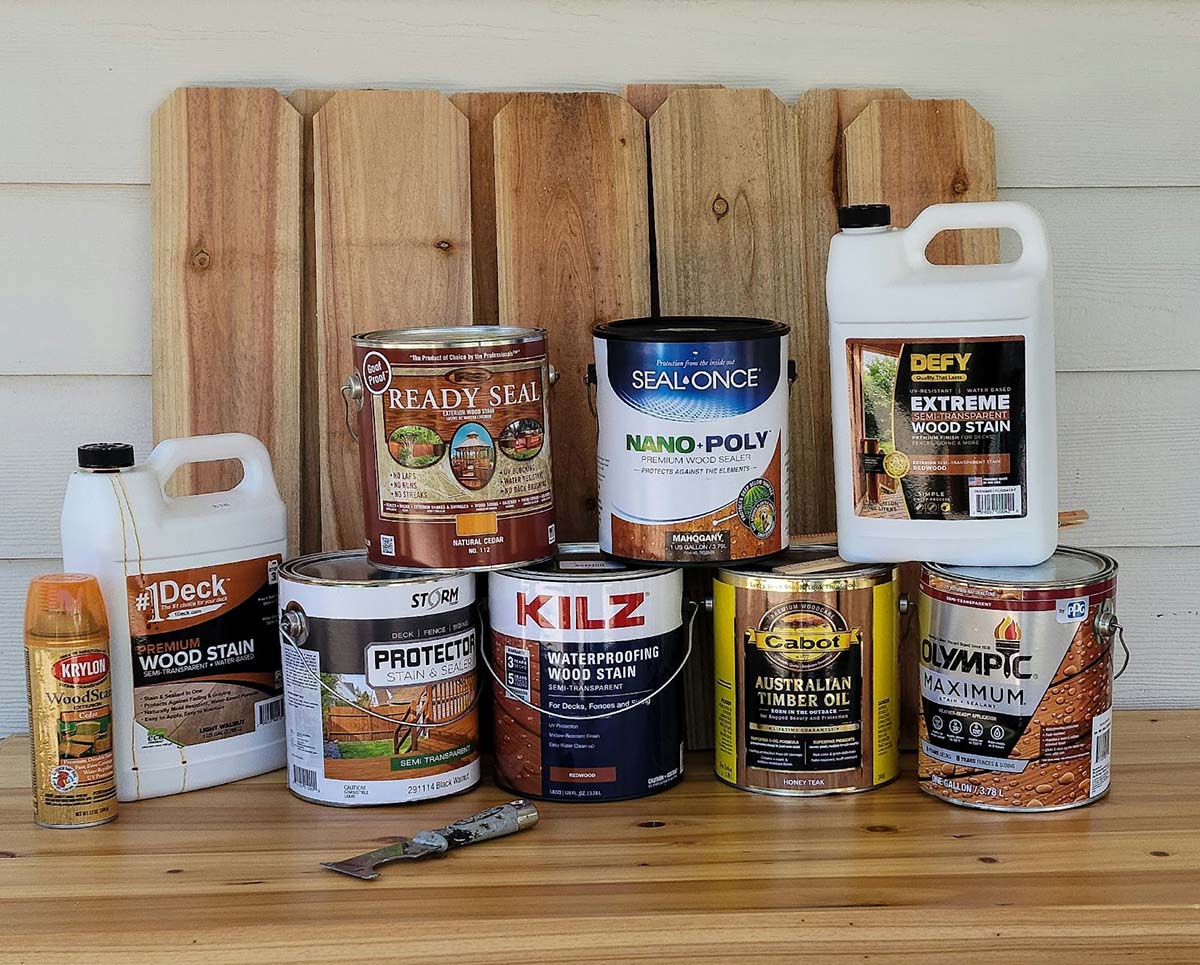
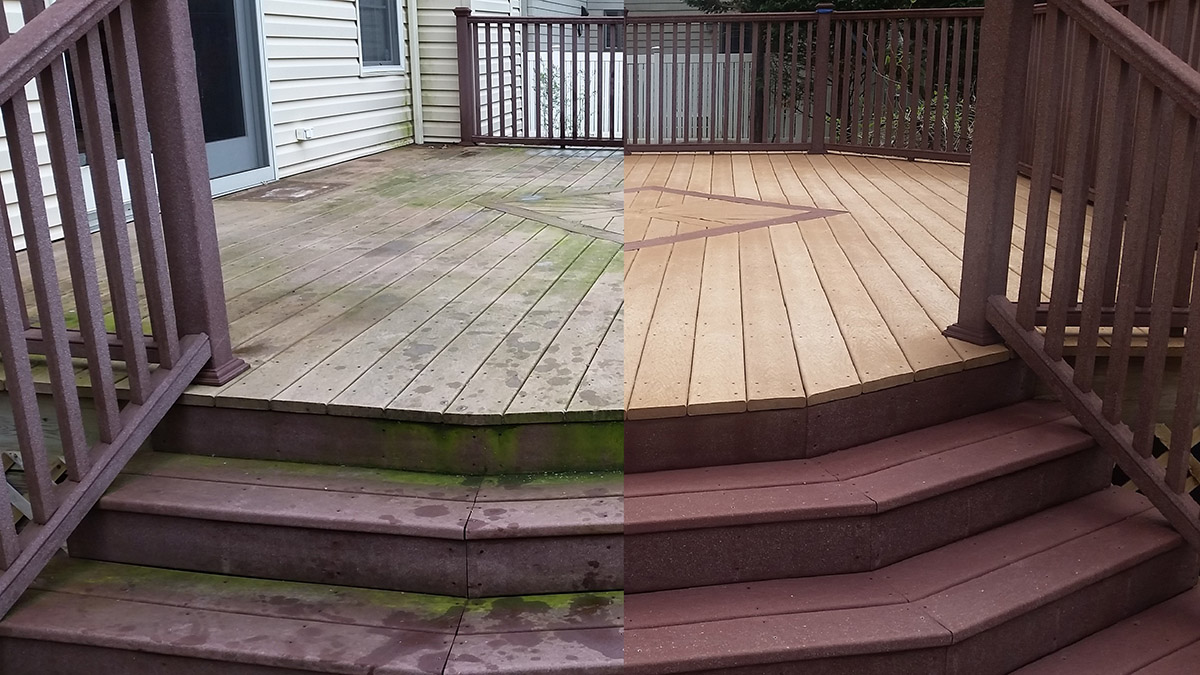
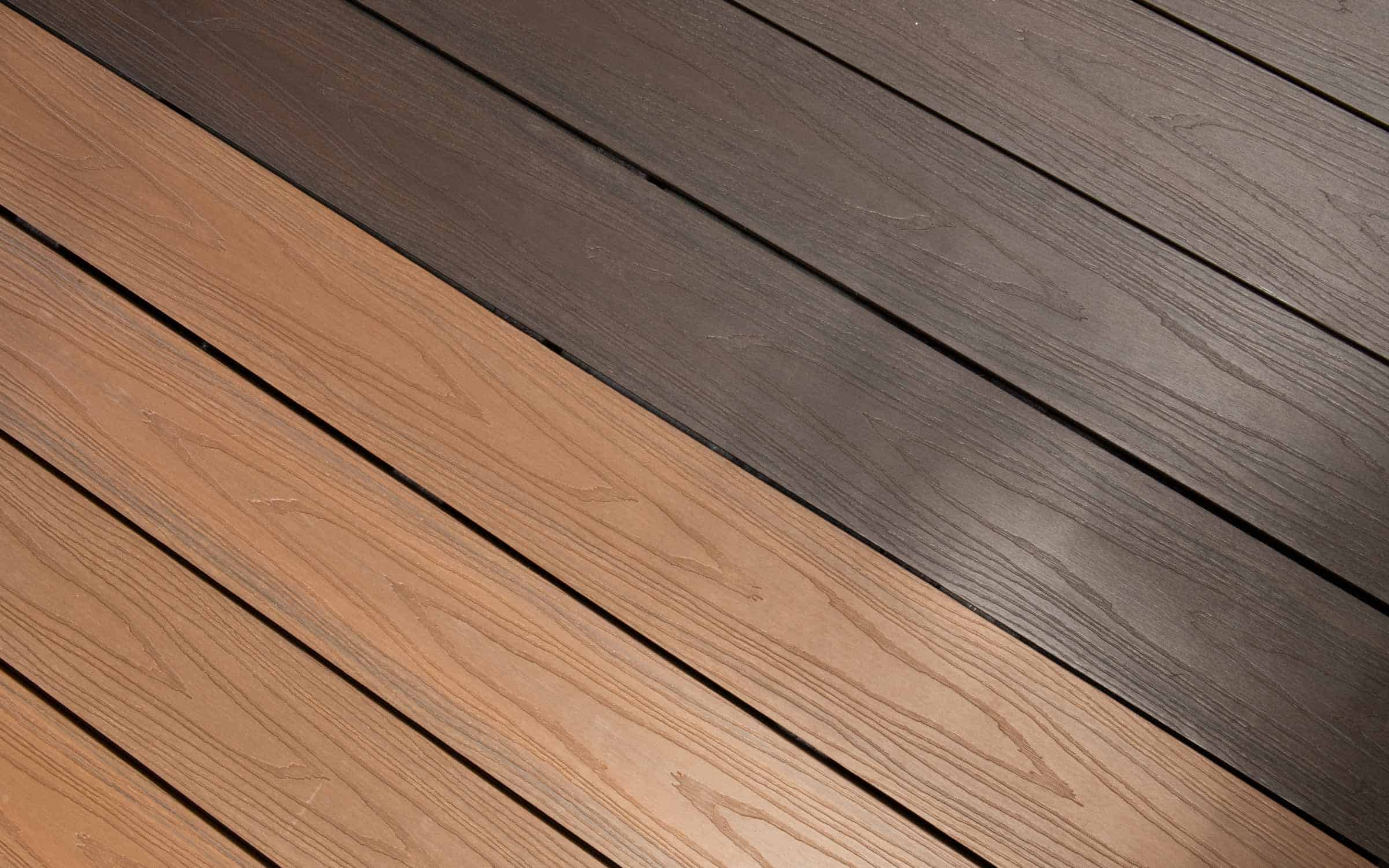
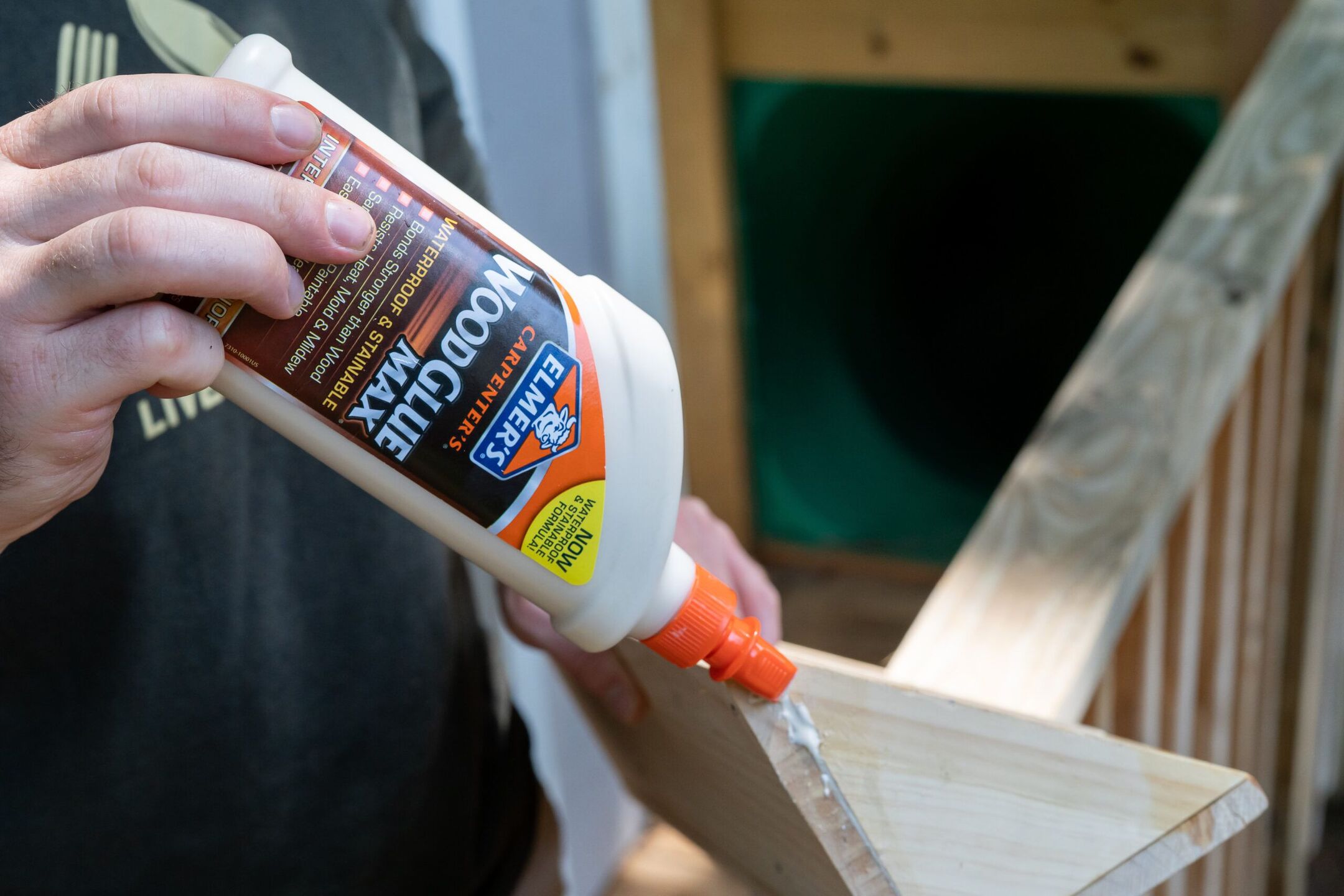
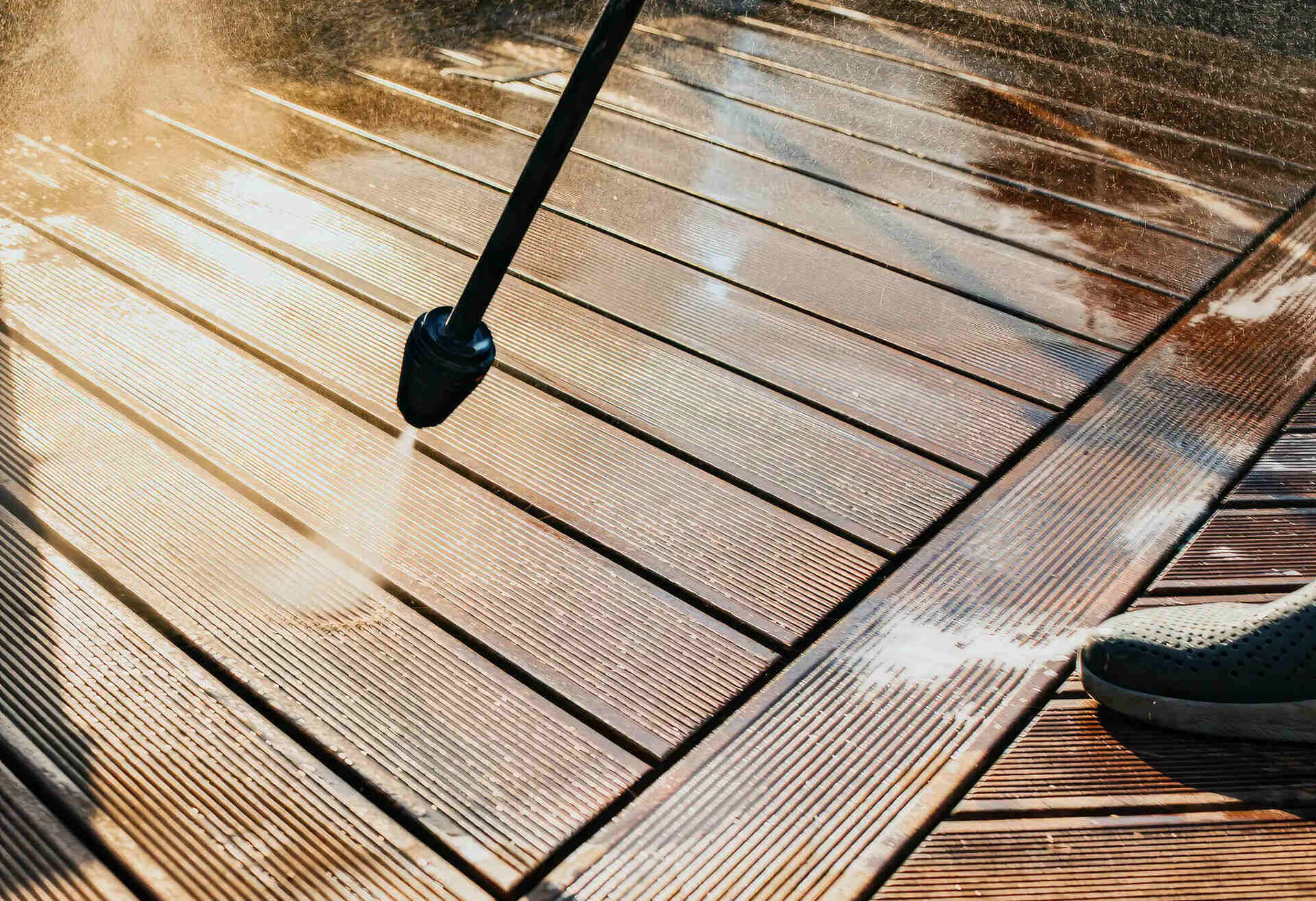
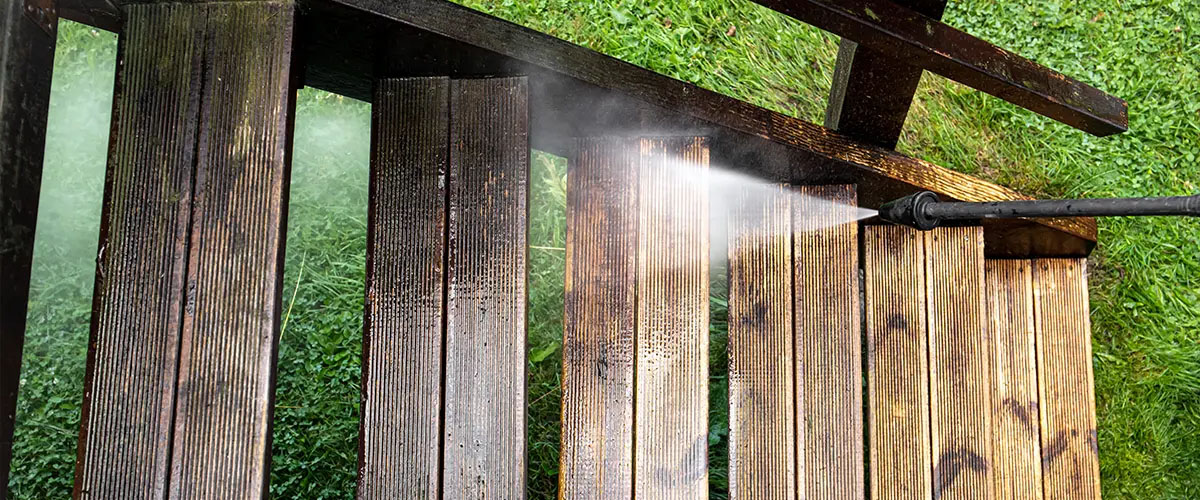
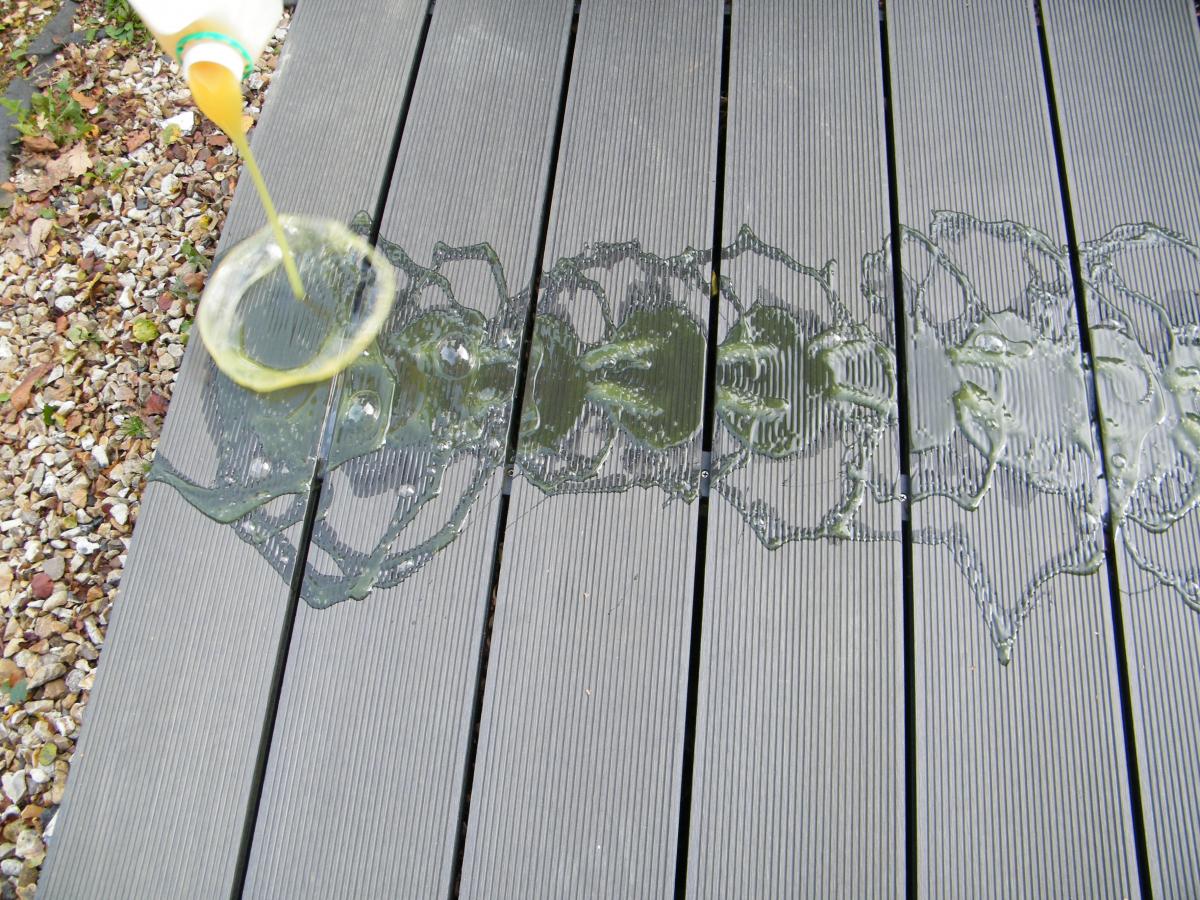
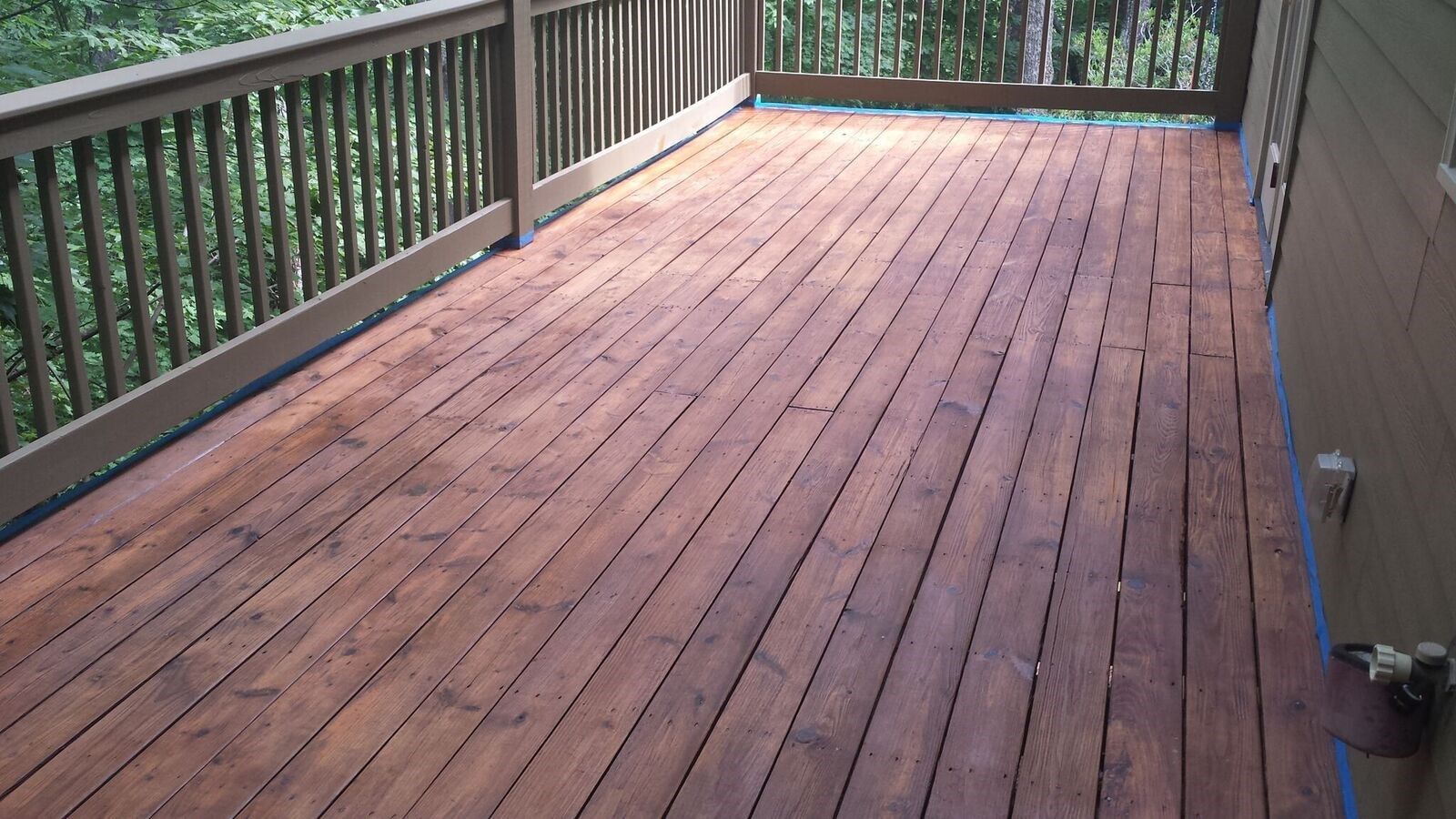
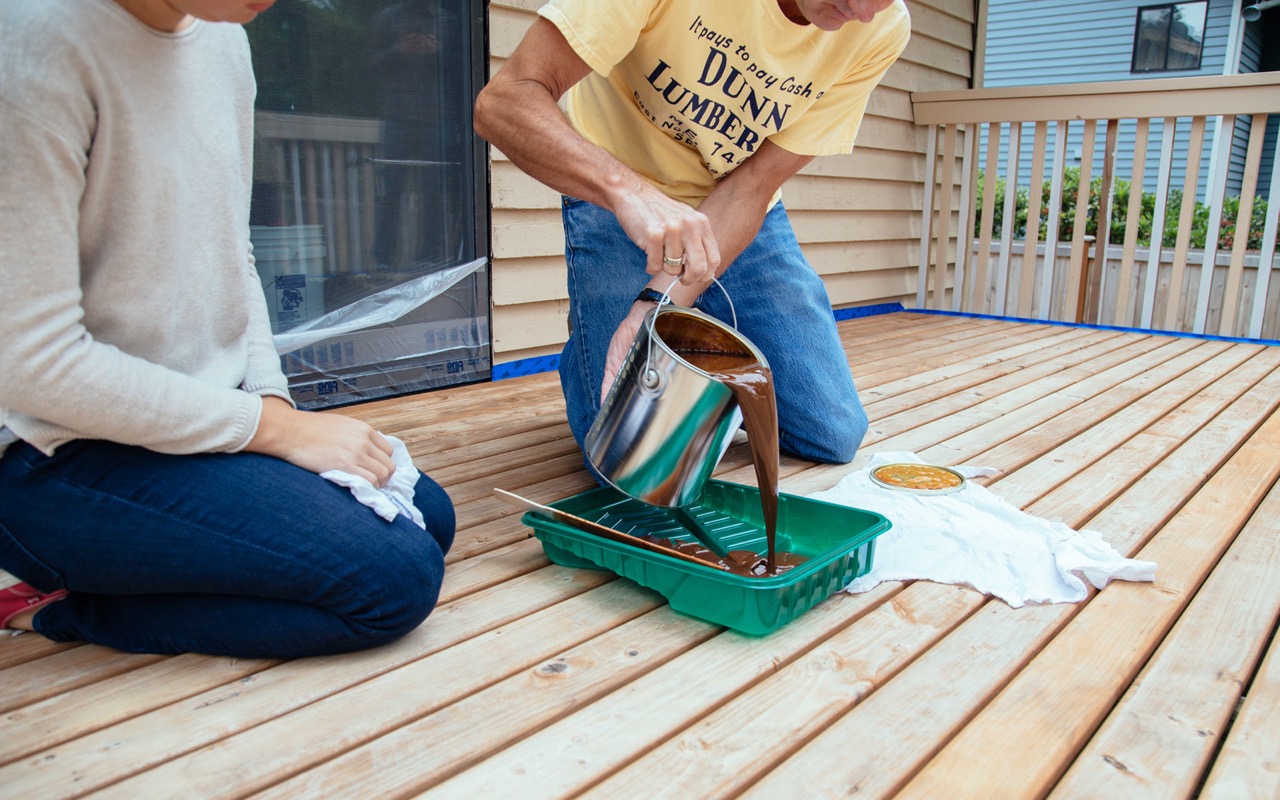
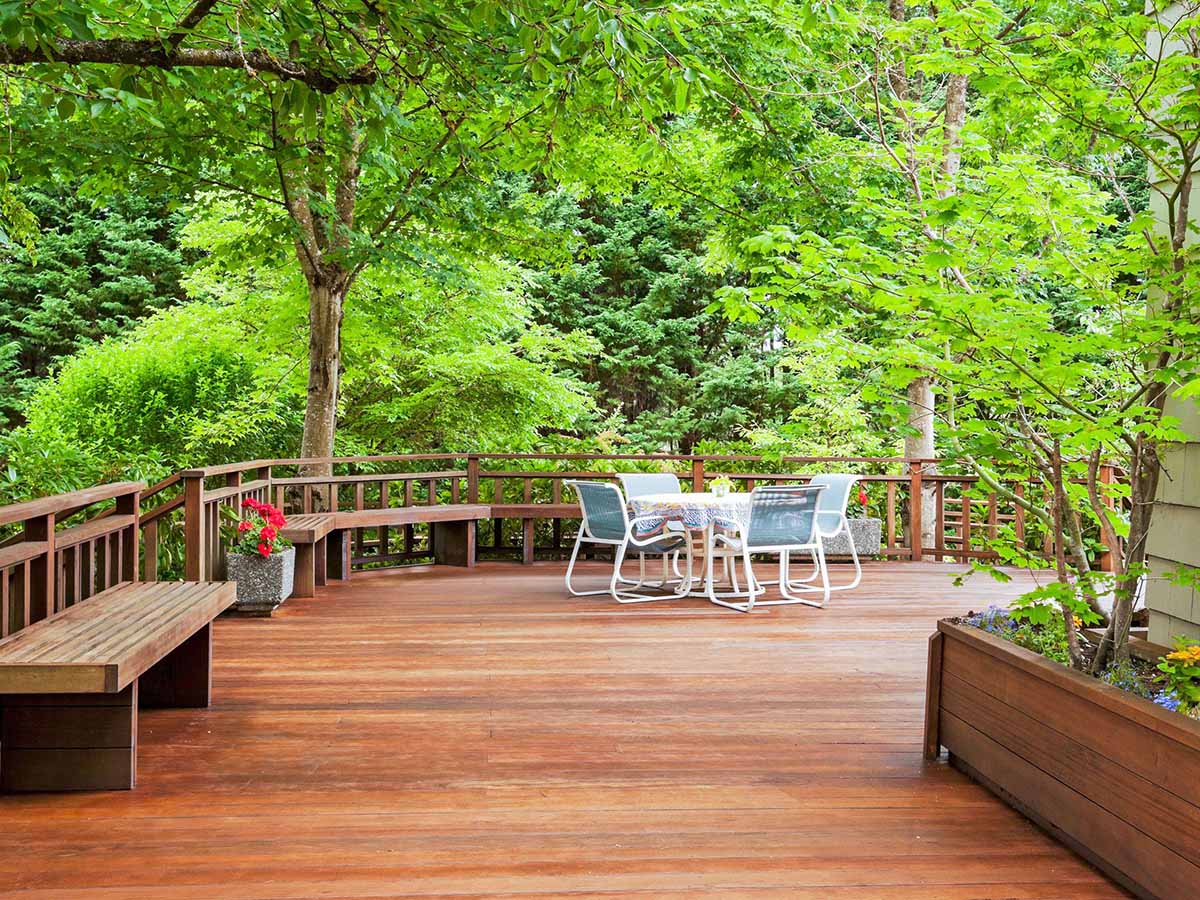
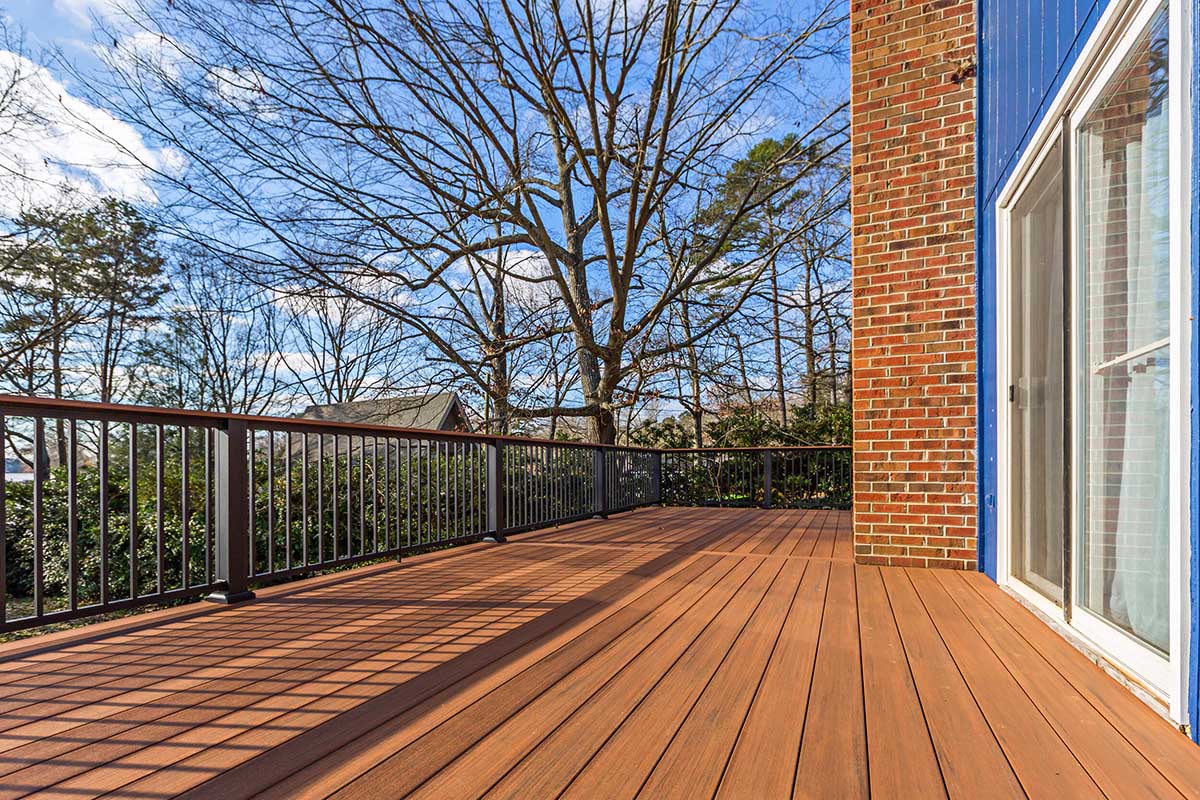
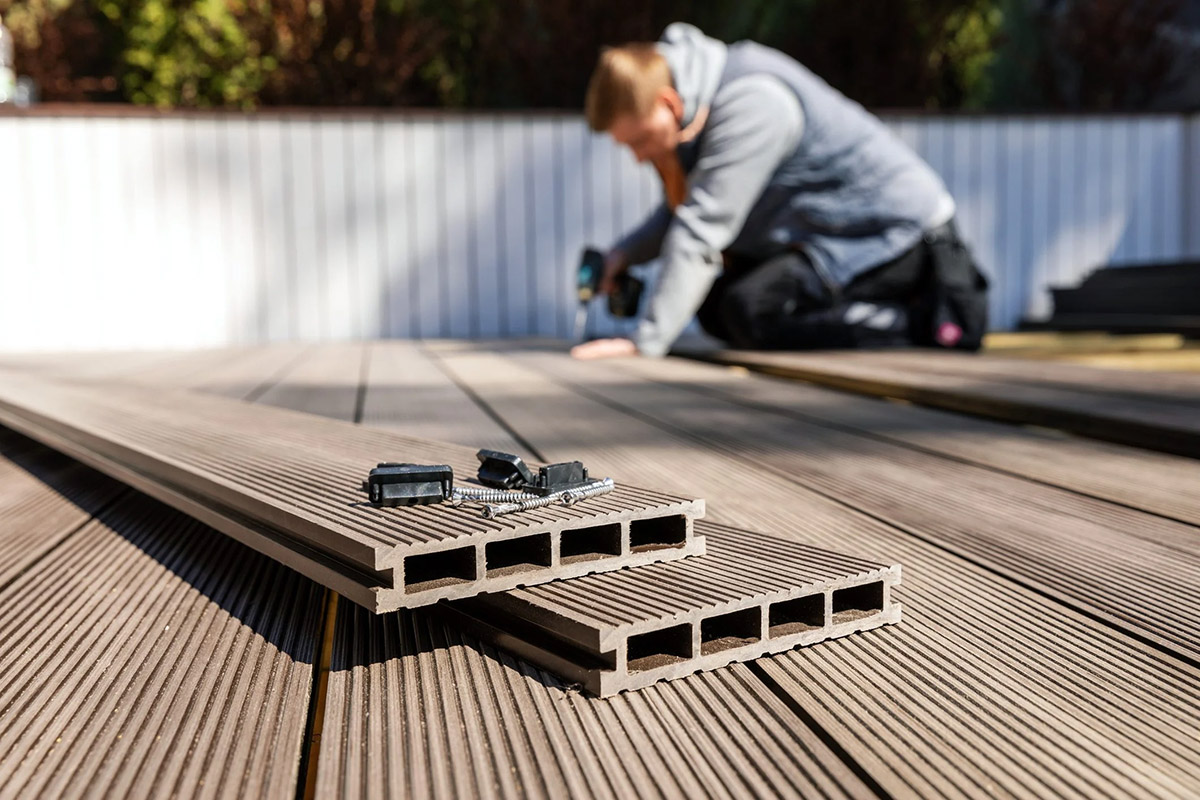
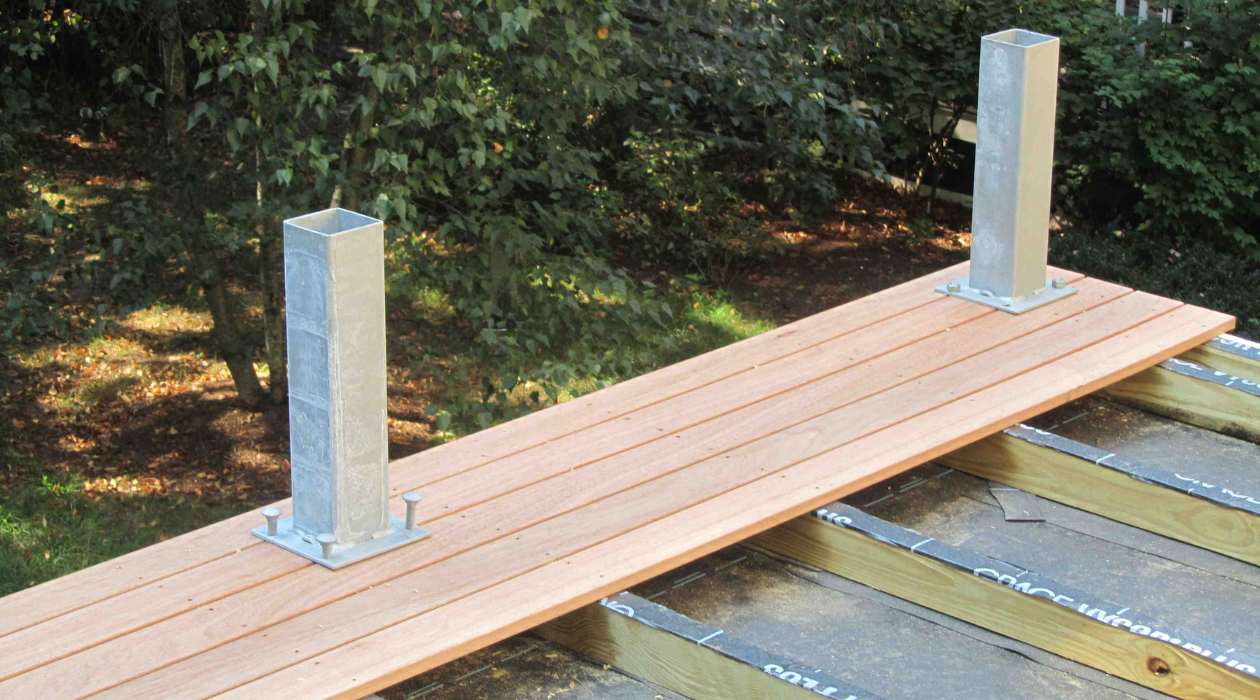


0 thoughts on “What Is The Best Product To Stain Decking”